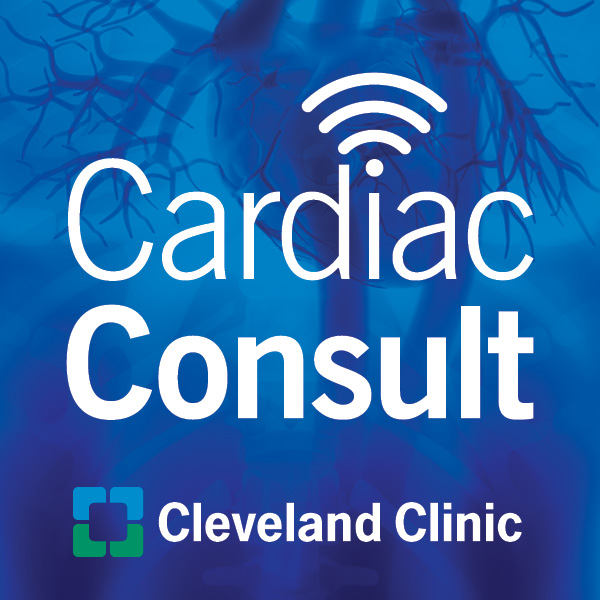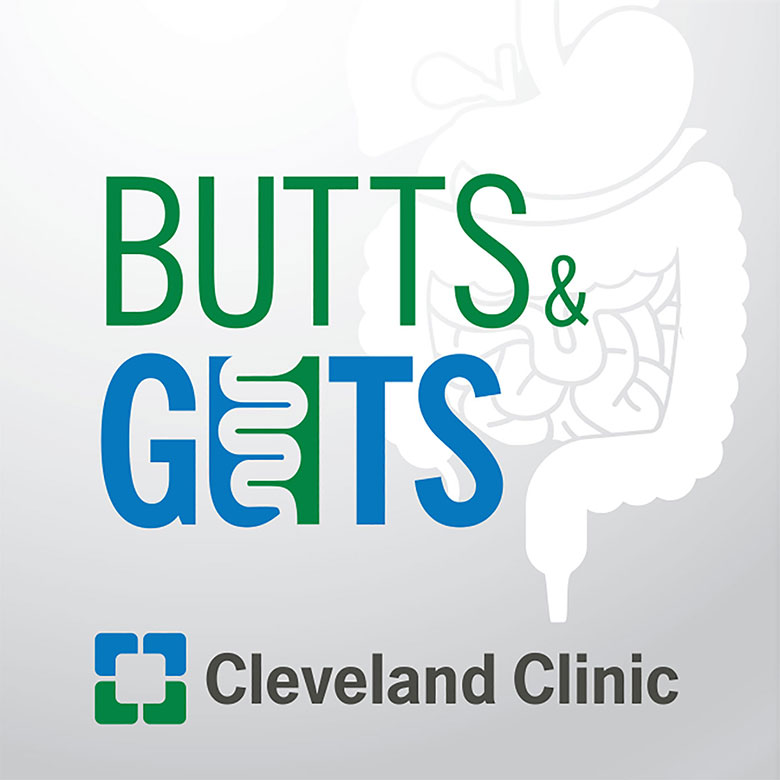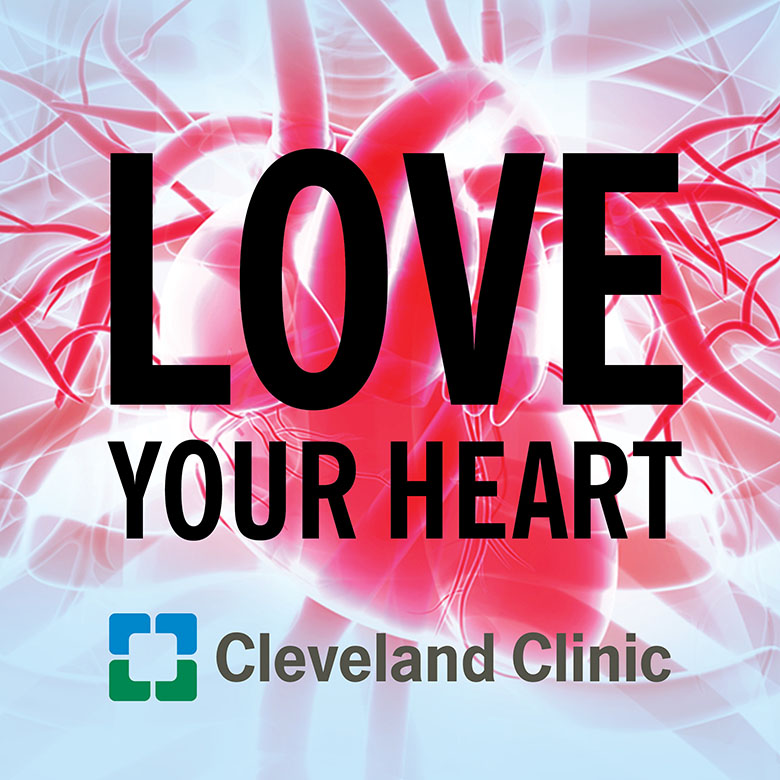Pulmonary & Esophageal Volumes and Outcomes

Daniel Raymond, MD, provides an update on volumes and outcomes for the pulmonary and esophageal surgery programs at Cleveland Clinic.
Learn more about the Department of Thoracic Surgery.
Looking to refer a patient? Please reach out to our Physician Referral team Mon. - Fri., 8 a.m. - 5 p.m. (ET) at 855.751.2469.
Subscribe: Apple Podcasts | Podcast Addict | Buzzsprout | Spotify
Pulmonary & Esophageal Volumes and Outcomes
Podcast Transcript
Announcer:
Welcome to Cardiac Consult, brought to you by the Sydell and Arnold Miller Family Heart, Vascular and Thoracic Institute at Cleveland Clinic. This podcast will explore the latest innovations, medical and surgical treatments, diagnostic testing, research, technology and practice improvements.
Daniel Raymond, MD:
The thoracic surgery group did almost 2,000 cases last year. This is the main campus volume. It does not reflect the growing work being done at Hillcrest, led by Andrew Feczko, and a truly a thriving practice that has become a pop off valve, due to our resource limitations. It's pretty impressive that we did 2,000 cases in two rooms. So, a thousand cases per room. Beat that.
We also have a fairly wide breadth of exposure, which is excellent for our educational efforts and creates a high-quality trainee, and we were so proud to be able to do so.
When we look at the types of pulmonary resection, which is the initial data that I will present, to put this in perspective, we started back 11 years ago with this slide completely reversed. Roughly around 10-15% were minimally invasive surgeries and 80-90% were open. Now, that's completely reversed. The vast majority of our cases are now done by a minimally invasive technique. This is really the national standard.
Still, we rarely are doing some open surgery, and that's really of an essence. It's actually one of the efforts we've been making, to encourage open surgery when and not use minimally invasive tools as an end. It is a means to achieve a good result. But an open surgery sometimes is good judgment.
When we look specifically at lobectomy, interestingly, this slide is a bit dated because lobectomy is now waning as far as the standard of care in pulmonary surgery. We still are doing a large number, roughly 200-250 lobectomies per year, but then the number is dropping primarily due to the increasing use of segmentectomy as an alternative lobectomy for lung-sparing purposes. These are done again largely by minimally invasive techniques, as you can see on the slide.
Those numbers are continuing to improve. When we look specifically at stage one, which is roughly 60-70% of our surgeries, 95% of those are done by minimally invasive procedures. Again, this is the standard of care nationally, and this is the expectation patients should have coming here, that they get a minimally invasive surgery with an outstanding result.
In the past three years, there have been two large trials that have shown equivalence at least of segmentectomy in relation to lobectomy for small peripheral cancers. Therefore, there has been a large push towards embracing that, yet doing so in a cautious manner. I think we still have much to learn about it. There are some groups that are chasing the shiny object and kind of forgetting the cancer theory behind the use of this technique. I think we're doing a very responsible job of applying it when appropriate.
Length of stay following pulmonary surgery, and specifically lobectomy, continues to decline. We've hit an inflection point. Basically, with all of these programs, essentially what has happened is the national standard has now gotten down to about a median of three days. What we're seeing now is a reflection of outliers that are affecting the mean.
Seeing this inflection point, this crossover has raised some new possibilities for us, looking at our outlier numbers. And who are those patients? This is going to be one of our new quality projects.
In the thoracic surgery literature, they don't declare mortality rates, they declare freedom from mortality rates. You can see the top number is the best performance in the STS database, on the black line. The blue line is our program and the dotted line is the 75th percentile. We had the lowest risk-adjusted mortality rate in the STS database this year for pulmonary surgery. I want to congratulate our entire team on this excellent accomplishment and something that we can brag to our patients about. This translates into a 0.1% mortality rate for pulmonary resection for lung cancer.
We've achieved a three-star ranking, yet again. Dr. Marc Gillinov showed that slide earlier of three stars down the board that you will not see anywhere in the country. The three-star has become kind of standard. Most places write a paper when they get a three-star ranking. I think this is a testament to the system that we work in, and all of the amazing people, in every aspect of patient care, that can rescue patients and provide tremendous outcomes.
Now, on to esophageal cancer.
As I said, that's roughly about a third of the practice. That's actually a growing part of our practice.
The esophageal surgery for the STS registry, which includes major esophageal cases, is growing. The volumes, when we look at the breakdown of the program, again, there's this wide breadth of benign and malignant disease that is unusual in most places where there are high-volume cancer programs and high-volume benign programs. And yet we have both.
Outcomes are typical – excellent – when we look at complication rates in our esophagectomy population. Our achalasia practice, this is an interesting one that Dr. Siva Raja can wax more poetically about, but Siva has built at very large practice off the shoulders of Dr. Rice, who had attracted a large achalasia population to Cleveland Clinic and has championed less minimally invasive means. Now, endoscopic means using the POEM surgery. He now has POEMs day once every other week where he does 4 or 5 POEMs in a day. That's truly an amazing practice.
Again, setting the bar for mortality for an esophagectomy. The black line is the best performance in the country. Blue line is the Cleveland Clinic. Dotted line is the 75th percentile. Basically, our esophagectomy program defines the best performance in the country and has again achieved a three-star.
I just wanted to say thank you to everyone. In our group, we've really achieved some amazing things. “We happy few”, as Henry V said in the Battle of St. Crispin’s Day, I'm just very proud to be amongst this band of brothers and sisters. Thank you.
Announcer:
Thank you for listening to Cardiac Consult. We hope you enjoyed the podcast. For more information or to refer a patient to Cleveland Clinic, please call 855.751.2469. That's 855.751.2469. We welcome your comments and feedback. Please contact us at heart@ccf.org. Like what you heard? Subscribe wherever you get your podcasts, or listen at clevelandclinic.org/cardiacconsultpodcast.

Cardiac Consult
A Cleveland Clinic podcast exploring heart, vascular and thoracic topics of interest to healthcare providers: medical and surgical treatments, diagnostic testing, medical conditions, and research, technology and practice issues.



